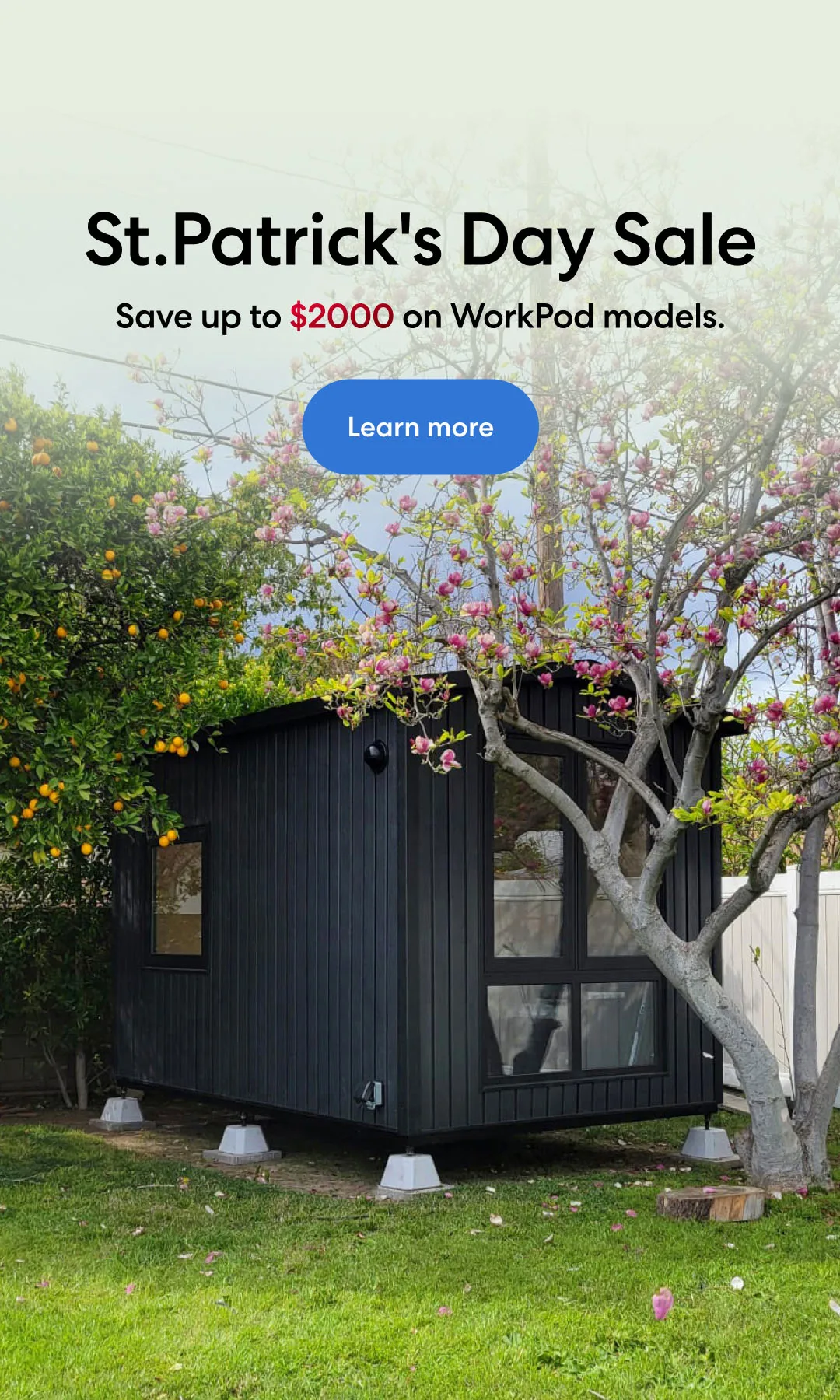
Best Desk Size for Home Office With Different Desk Types
Table of Contents
Choosing the correct home office desk size is a key factor in setting up your office at home. It affects not only comfort and productivity but also the entire work atmosphere. Desk sizing isn't just about visual appeal; it's more about crafting a workspace to boost your output. A small home office desk may feel insufficient, restricting you from arranging materials, whereas an extra long office desk could clutter the room. Picking the best desk size for home office ensures you get ergonomic support, enough space for work, and an organized layout that keeps distractions at bay.
Factors Influencing Desk Size Selection
Available Space
The room size of your home office plays a vital role in deciding your home office desk dimensions. Before you settle on a desk, it's key to take stock of the area where you plan to place it. Think about aspects like the room setup, its closeness to other furniture pieces, and possible obstructions that might affect the desk’s placement. A proper evaluation of all these factors enables you to pick a suitable desk size that integrates flawlessly into your home office without creating congestion or restricting mobility.
Work Requirements and Habits
Your work requirements and habits greatly impact the size of your desk. You have to factor in what kind of tasks you handle and the tools that aid you. A small office desk for bedroom can suffice if a laptop or tablet is mostly what you use. But, needing multiple screens, printers or other add-ons could necessitate more than the standard office desk size, offering plenty of room on top and storage spaces. Also, think about how you usually like to organize things in your workspace - do they sprawl out or stay within reach? Picking an ideal size for a home office desk according to these considerations boosts productivity while making the home office more comfortable.
Ergonomics Considerations
Ergonomics is another crucial factor to consider when selecting the size of your desk. Ergonomic designs support good posture and reduce discomfort or structural problems from sitting or standing for too long. When deciding on a desk size, it's key to think about elements like office desk height in relation to you seated, whether there's enough depth to allow both arms and keyboard to easily rest, as well as where handy additions such as monitor stands and keyboard trays are placed ensuring neutral positions for your wrists and neck. Selecting an ergonomic standard home office desk size can be beneficial not just for work but also for maintaining wellness while working from home.
Desk Size Recommendations for Different Desk Types
Standard Desks
Standard desks typically come in rectangular shapes and are suitable for various home office setups. For a standard desk, the recommended size ranges from 48 to 72 inches in width and 24 to 36 inches in depth. This size range provides ample workspace for tasks such as writing, typing, and organizing materials without overwhelming smaller home office spaces.
L-Shaped Desks
L-shaped desks are popular for their ergonomic design and versatility. These desks feature an L-shaped configuration, providing separate areas for different tasks while maximizing corner space. For an L-shaped desk, the recommended size ranges from 60 to 72 inches in width for each side, with a depth of 24 to 36 inches. This size allows for ample workspace for tasks such as computer work, writing, and organizing materials, while also providing flexibility in arranging office equipment and accessories.
Standing Desks
Standing desks are designed to promote movement and reduce the negative effects of prolonged sitting. These desks typically come in adjustable standard desk leg height to accommodate both standing and sitting positions. For an adjustable desk, the recommended size ranges from 48 to 72 inches in width and 24 to 30 inches in depth. This size allows for adequate workspace while standing and can accommodate accessories such as monitor stands, keyboard trays, and storage options to support a healthy and ergonomic work environment.
U-Shaped Desks
U-shaped desks provide an expansive workspace and ample storage options, making them ideal for multitasking and organizing materials in the home office. These desks feature a U-shaped configuration with a main desk area and two attached return sections. For a U-shaped desk, the recommended size ranges from 72 to 96 inches in width for the main desk area and 48 to 72 inches in width for each return section. The depth of the desk typically ranges from 24 to 36 inches, providing generous workspace for tasks such as computer work, writing, and organizing materials.
T-Shaped Desks
T-shaped desks offer a unique design that provides ample workspace while also creating a visually appealing focal point in the home office. These desks feature a T-shaped configuration with a main desk area and two attached side sections. For a T-shaped desk, the recommended size ranges from 60 to 84 inches in width for the main desk area and 24 to 36 inches in width for each side section. The depth of the desk typically ranges from 24 to 36 inches, providing versatile workspace for tasks such as computer work, writing, and organizing materials.
Tips for Optimizing Desk Size in a Home Office
Organization and Decluttering Tips
Utilize desk organizers, trays, and containers to keep essential items within reach while minimizing clutter. Regularly declutter and remove unnecessary items to maintain a clean and organized workspace. Implement a filing system or digital storage solutions to manage paperwork and documents efficiently.
Cable Management Solutions
Use cable management tools such as cable clips, ties, and sleeves to keep wires organized and prevent tangling. Consider investing in a cable management box or desk grommets to conceal cables and create a neater appearance. Opt for wireless devices or accessories to reduce the number of cables and minimize clutter on your desk.
Customization Options
Customize your desk with adjustable features such as height settings or modular components to adapt to your ergonomic needs. Personalize your desk with accessories such as monitor mounts, keyboard trays, and desk organizers to enhance functionality and comfort. Consider adding additional storage solutions such as shelves, drawers, or cabinets to maximize space and keep items organized.
Conclusion
In conclusion, selecting the best desk size for your home office is a crucial decision that directly impacts your comfort, productivity, and overall well-being. By considering factors such as available space, work requirements, and ergonomic considerations, you can choose the optimal desk size that suits your needs and enhances your workspace. Whether it's a standard desk, an L-shaped desk, or a standing desk, finding the right size ensures a functional and organized work environment. With careful planning and consideration, you can create a home office setup that maximizes efficiency and promotes a positive and productive work experience.
Stay connected with us!
Subscribe to our weekly updates to stay in the loop about our latest innovations and community news!
Interested in a Link Placement?
Spread the word



/https://storage.googleapis.com/s3-autonomous-upgrade-3/production/ecm/230914/bulk-order-sep-2023-720x1200-CTA-min.jpg)

/https://storage.googleapis.com/s3-autonomous-upgrade-3/production/ecm/230824/image_qIN1zTxi_1692157652807_raw-c3a7f648-6021-42f1-a20f-0874805faad0.jpg)